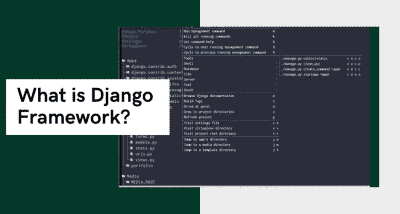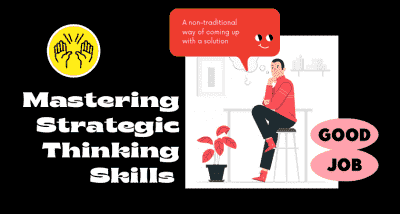TOTAL QUALITY MANAGEMENT
- Amruta Bhaskar
- Jul 9, 2020
- 0 comment(s)
- 3491 Views

During the global recession of the late ’70s and early ’80s, the United States (and the rest of the world) faced stiff competition from Japan. The Japanese had captured the world automotive and electronics markets because they found a way to produce high-quality goods at lower prices. And as a result, corporations in the U.S. looked more closely at the quality of Japanese goods and services, trying to find ways to improve production and recapture market share. Their solution was Total Quality Management.
According to the definitive text, Total Quality: A User’s Guide for Implementation, Total Quality Management (TQM) is a management technique based on the idea that all “employees continuously improve their ability to provide on-demand products and services that customers will find of particular value.” It uses strategy, data, and effective communications to integrate the quality discipline into the culture and activities of the organization. Many of these concepts are present in modern quality management systems, the successor to TQM. Here are the 8 principles of total quality management:
Customer-focused: The customer ultimately determines the level of quality. No matter what an organization does to foster quality improvement—training employees, integrating quality into the design process, or upgrading computers or software—the customer determines whether the efforts were worthwhile.
Total employee involvement: All employees participate in working toward common goals. Total employee commitment can only be obtained after fear has been driven from the workplace, when empowerment has occurred, and when management has provided the proper environment. High-performance work systems integrate continuous improvement efforts with normal business operations. Self-managed work teams are one form of empowerment.
Process-centered: A fundamental part of TQM is a focus on process thinking. A process is a series of steps that take inputs from suppliers (internal or external) and transforms them into outputs that are delivered to customers (internal or external). The steps required to carry out the process are defined, and performance measures are continuously monitored to detect unexpected variation.
Integrated system: Although an organization may consist of many different functional specialities often organized into vertically structured departments, it is the horizontal processes interconnecting these functions that are the focus of TQM.
Micro-processes add up to larger processes, and all processes aggregate into the business processes required for defining and implementing strategy. Everyone must understand the vision, mission, and guiding principles as well as the quality policies, objectives, and critical processes of the organization. Business performance must be monitored and communicated continuously.
An integrated business system may be modelled after the Baldrige Award criteria and/or incorporate the ISO 9000 standards. Every organization has a unique work culture, and it is virtually impossible to achieve excellence in its products and services unless a good quality culture has been fostered. Thus, an integrated system connects business improvement elements in an attempt to continually improve and exceed the expectations of customers, employees, and other stakeholders.
Strategic and systematic approach: A critical part of the management of quality is the strategic and a systematic approach to achieving an organization’s vision, mission, and goals. This process, called strategic planning or strategic management, includes the formulation of a strategic plan that integrates quality as a core component.
Continual improvement: A large aspect of TQM is continual process improvement. Continual improvement drives an organization to be both analytical and creative in finding ways to become more competitive and more effective at meeting stakeholder expectations.
Fact-based decision making: To know how well an organization is performing, data on performance measures are necessary. TQM requires that an organization continually collect and analyze data to improve decision-making accuracy, achieve consensus and allow prediction based on history.
Communications: During times of organizational change, as well as part of day-to-day operation, effective communications play a large part in maintaining morale and in motivating employees at all levels. Communications involve strategies, method, and timeliness.














